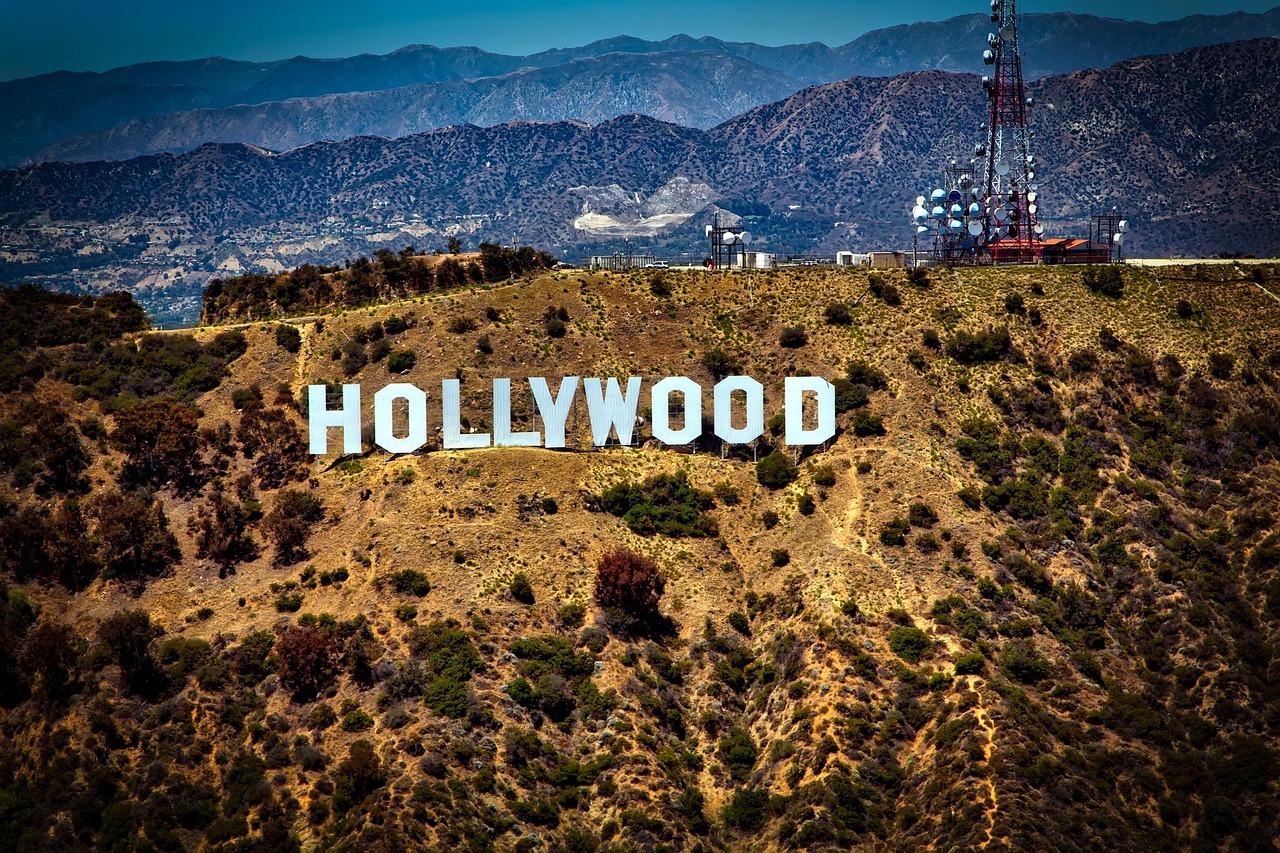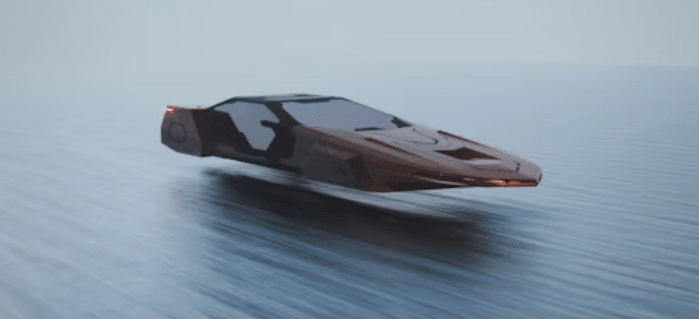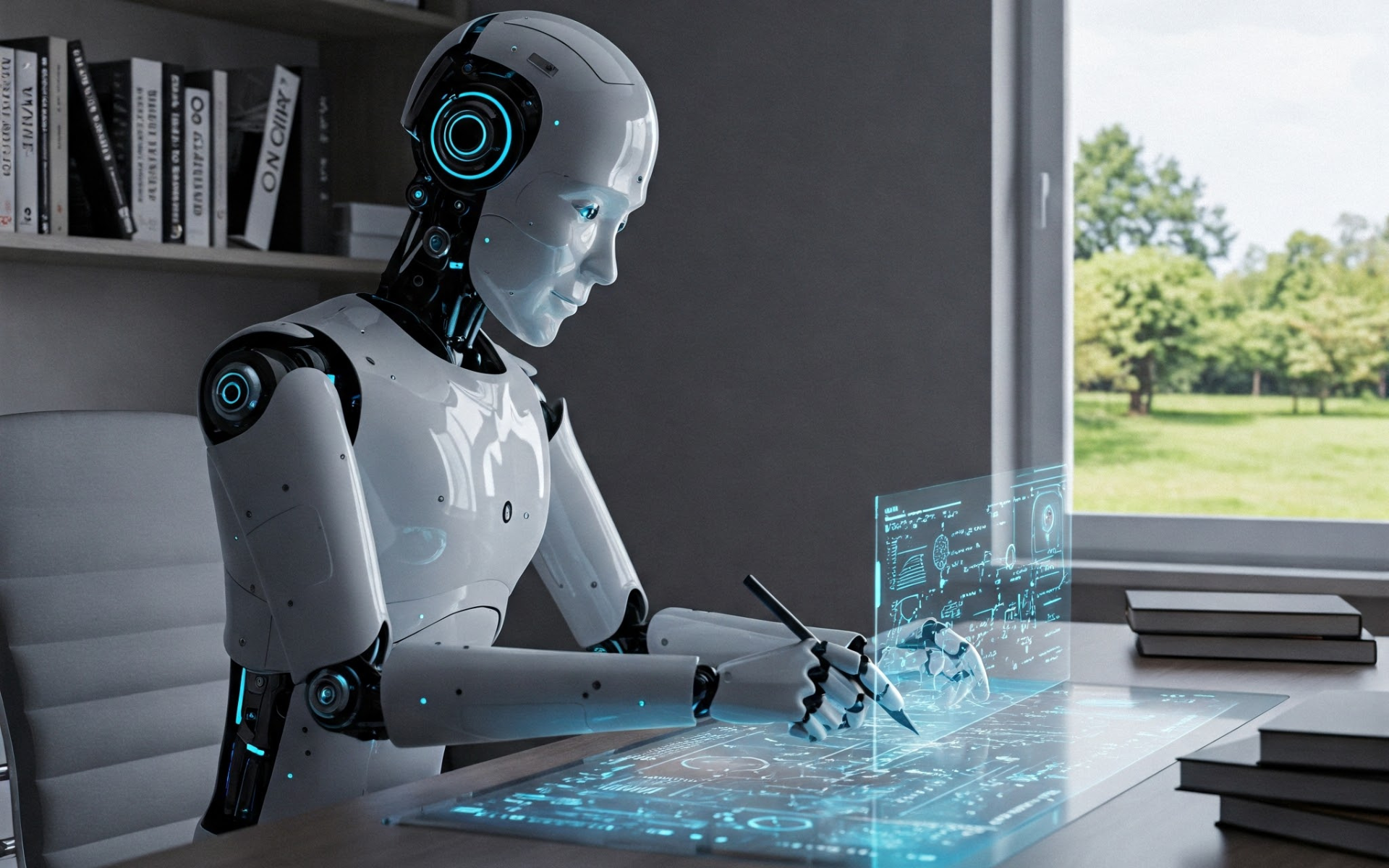
When Hollywood predicted (or didn’t) the future of technology
Hollywood isn’t just a dream factory — it has often doubled as a lab for predicting the future. From 2001: A Space Odyssey to Black Mirror, American cinema and TV have long imagined futuristic technologies well before they became reality. In some cases, the industry saw it coming. In others… it completely missed the mark.
The relationship between Hollywood and technology has always been ambivalent: visionary, yet over-the-top. That’s why today, it’s worth revisiting which sci-fi concepts have become actual innovations — and which remain distant, dystopian fantasies. It’s a fascinating dialogue between fiction and reality, revealing not just technical progress, but also collective dreams and fears.
2001: A Space Odyssey and the Tablet (1968)
At a time when computers filled entire rooms, 2001: A Space Odyssey showed astronauts eating breakfast while holding sleek, rectangular devices. They were touchscreen, portable, and used for watching videos and accessing data. They were tablets — decades before the iPad existed.
The scene was so eerily accurate that, years later, Apple cited Kubrick’s film during a legal dispute as a design precedent. In this case, Hollywood didn’t just imagine the technology — it anticipated the form, the interaction, and even the context of use.
Minority Report and Gesture-Based Interfaces (2002)
One of the most iconic depictions of futuristic tech is the gesture interface in Minority Report. Tom Cruise navigates holograms, opens files mid-air, and manipulates data with natural hand movements. At the time, it felt like pure sci-fi.
Yet that scene inspired startups, HCI (Human-Computer Interaction) researchers, and companies like Microsoft and Leap Motion. Today, gesture control is embedded in VR headsets, drones, and even contactless medical systems. The film, developed with the help of futurist consultants, set an aesthetic blueprint that real-world technology has since followed.
Her and Emotionally Intelligent AI (2013)
In Her, a man falls in love with an AI-powered operating system. The premise seemed poetic and surreal — until recent years. With the rise of increasingly sophisticated chatbots like ChatGPT or Replika, the line between synthetic voice and emotional connection is starting to blur.
Her anticipated not only the development of realistic voice synthesis and natural language processing but also the cultural and psychological implications of human-AI interaction. It’s a case where Hollywood envisioned both the technology and its emotional consequences.
Back to the Future II and the Missed Forecasts (1989)
Not every Hollywood prophecy came true. In Back to the Future Part II, set in 2015, we see hoverboards, self-drying jackets, and fax machines everywhere. Some ideas became cult objects, but most remained prototypes or one-off experiments.
The biggest miss? Likely the power laces — self-tying shoes. Nike tried to make them, but the commercial product arrived decades late and at a prohibitive price point. Here, Hollywood prioritized wow-factor over realistic engineering.
Black Mirror and the Dark Side of Innovation
The series Black Mirror is the contemporary manifesto of the relationship between Hollywood, technology, and society. Unlike the optimistic tone of older sci-fi, every episode presents a technology — often already real — pushed to its darkest potential. Facial recognition, social scoring, augmented reality, brain-computer interfaces — all of these are no longer fiction.
What sets the series apart is that it explores not just the novelty of tech, but its human, psychological, and social consequences. In many cases, these “predictions” are already manifesting: algorithmic cyberbullying, digital identity manipulation, dependence on digital feedback. Black Mirror may exaggerate, but it doesn’t invent.
Hollywood and technology have always inspired one another — one imagines, the other builds. Sometimes films accurately forecast what’s to come. Other times, they exaggerate for drama. But in every case, they shape the public’s vision of the future. What we see on screen often becomes the spark for engineers, designers, and researchers.
Studying how Hollywood has predicted — or misjudged — technological evolution helps us understand not only where we’re headed, but also what we fear, what we hope for, and what boundaries we’re willing to cross. Because technology doesn’t always come from a lab — sometimes, it starts with a screenplay.








